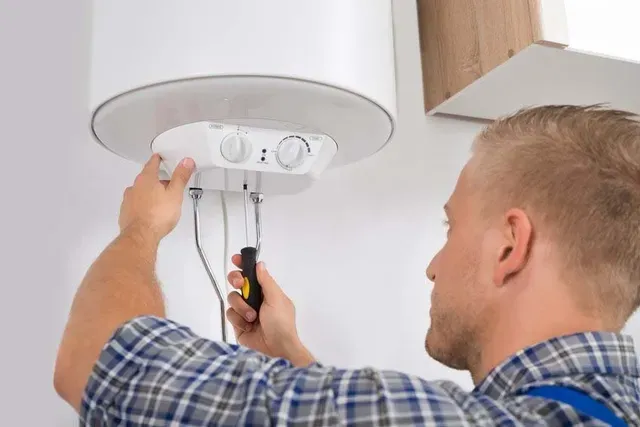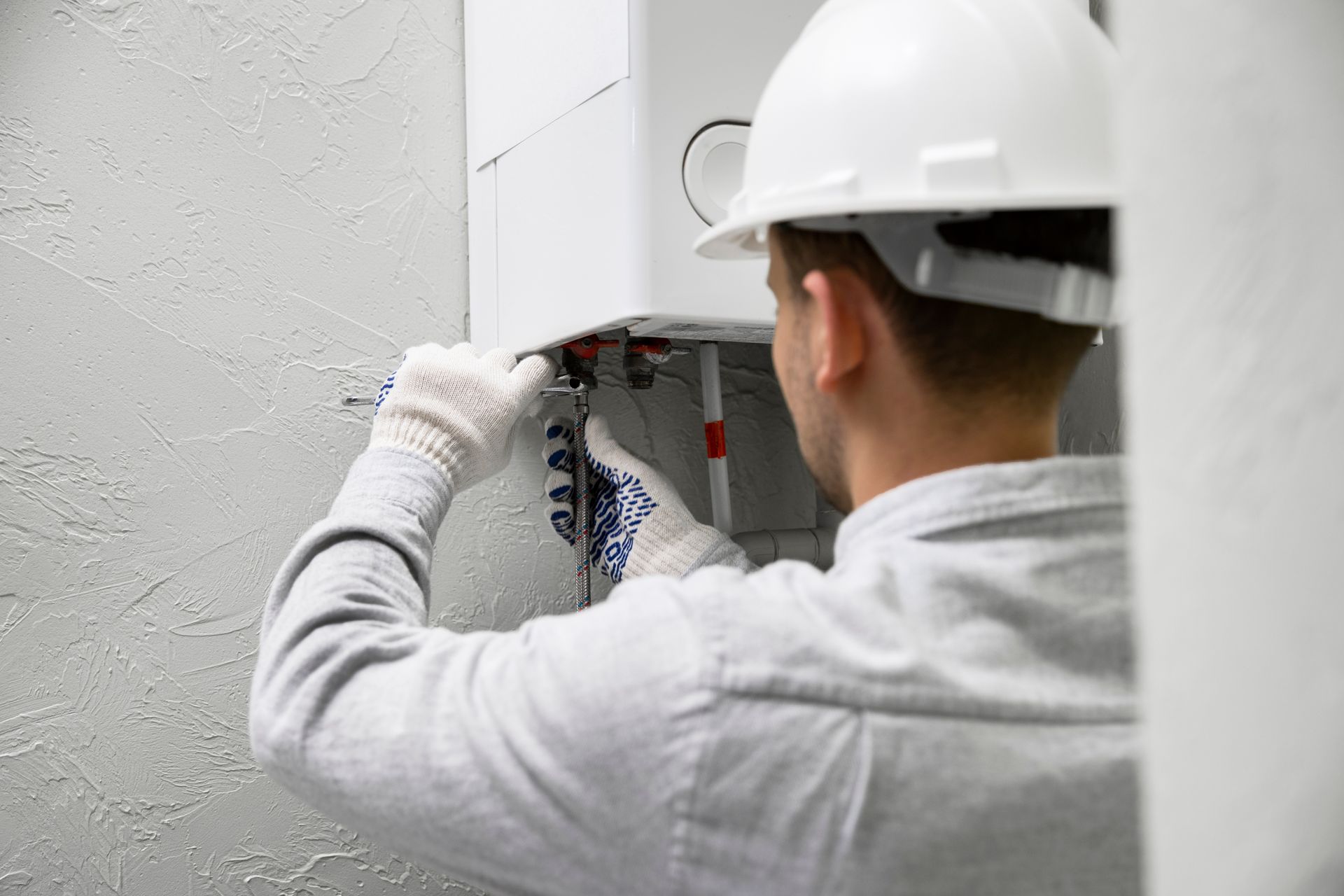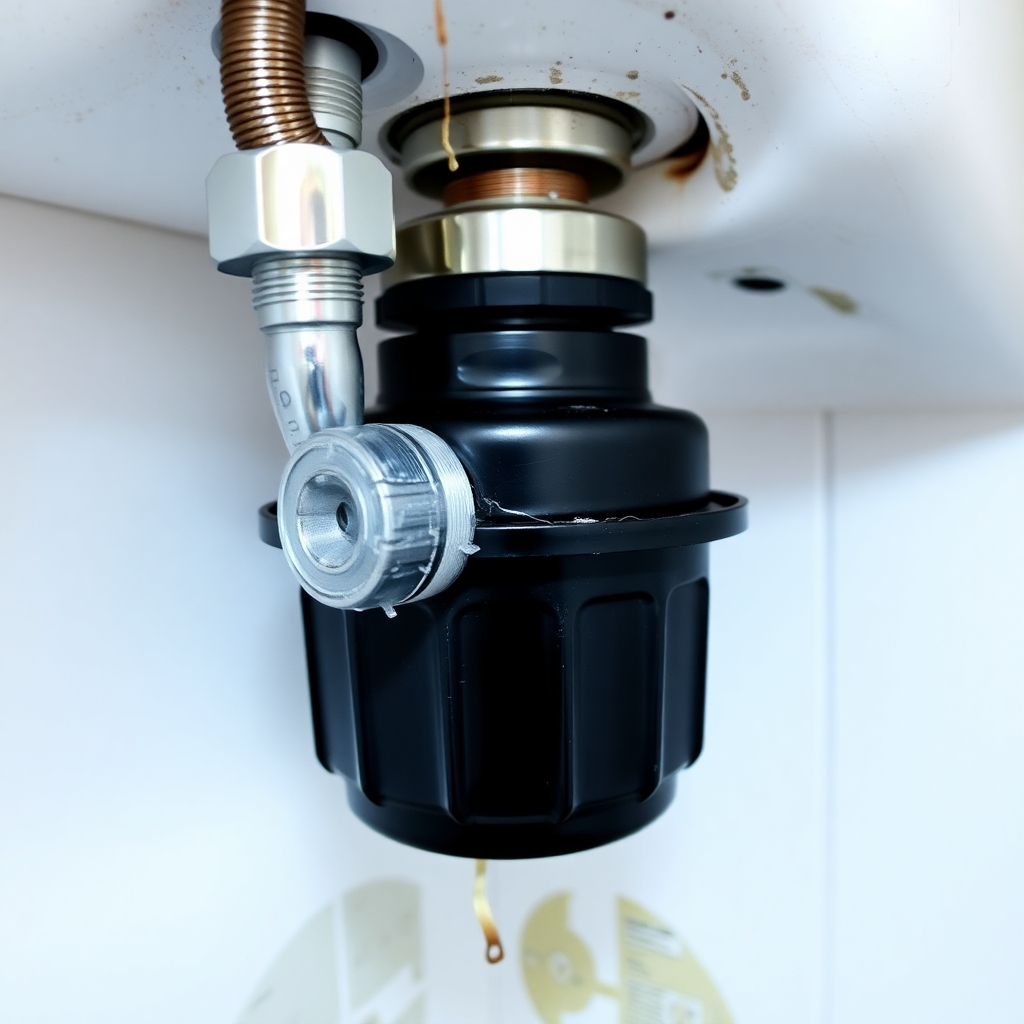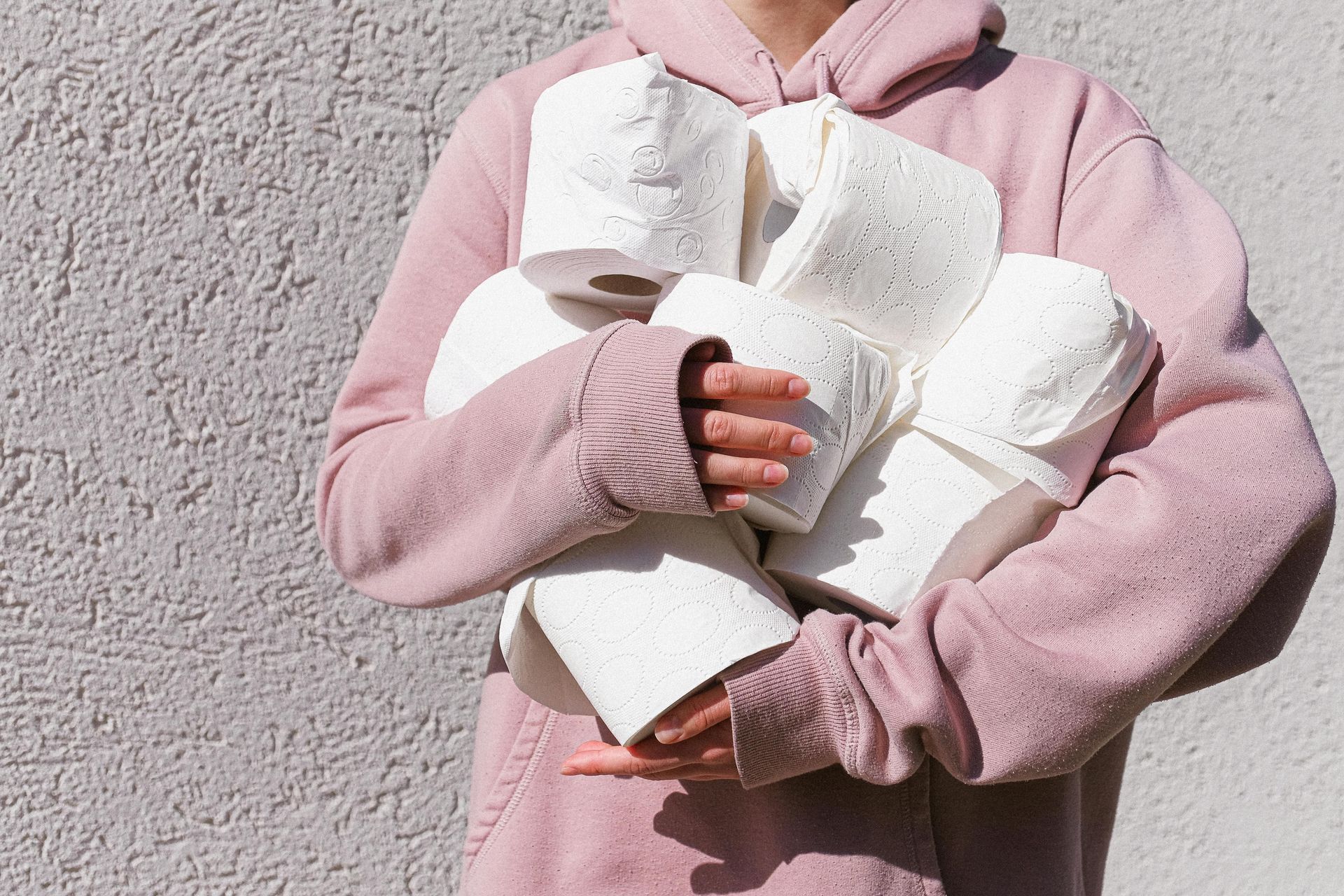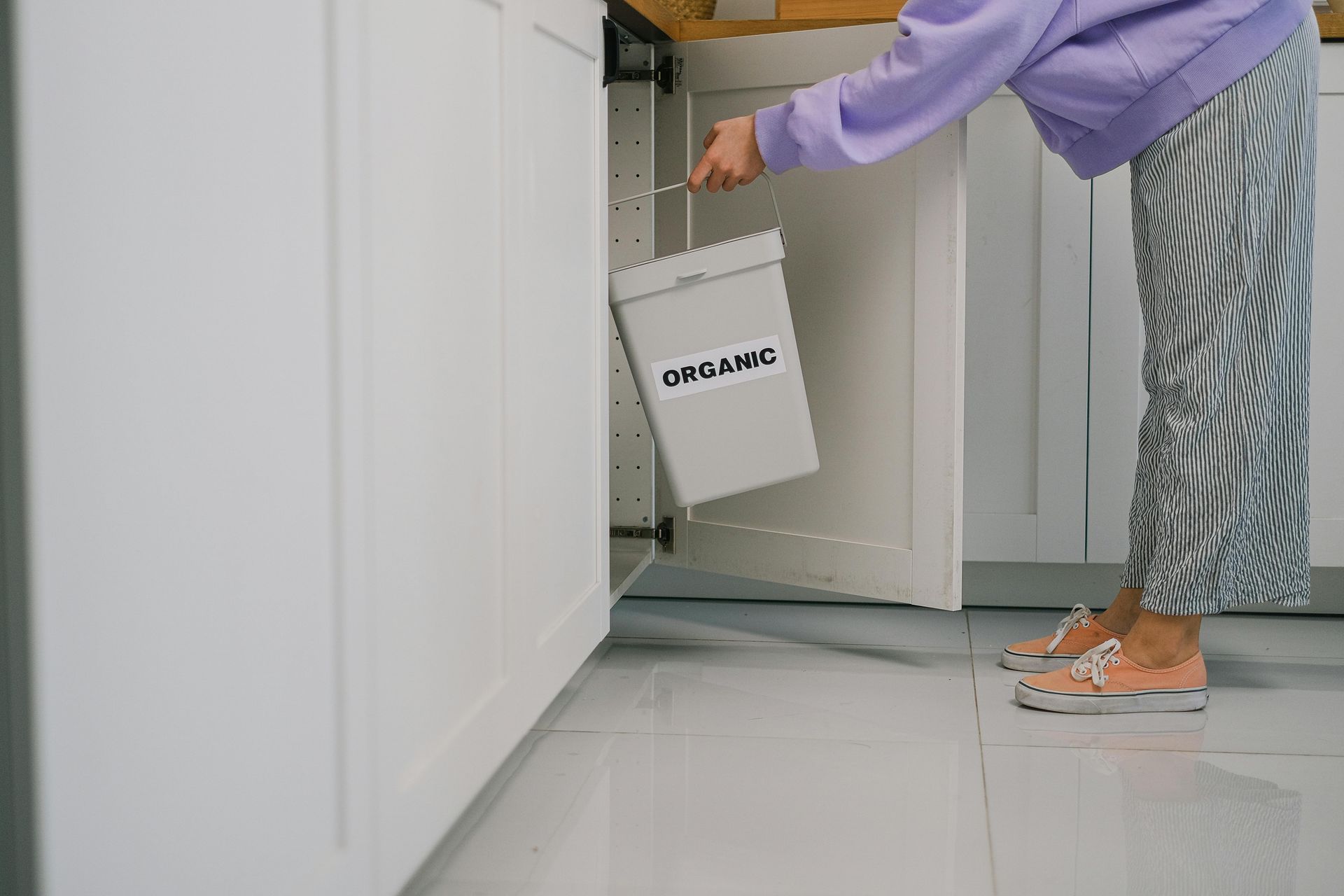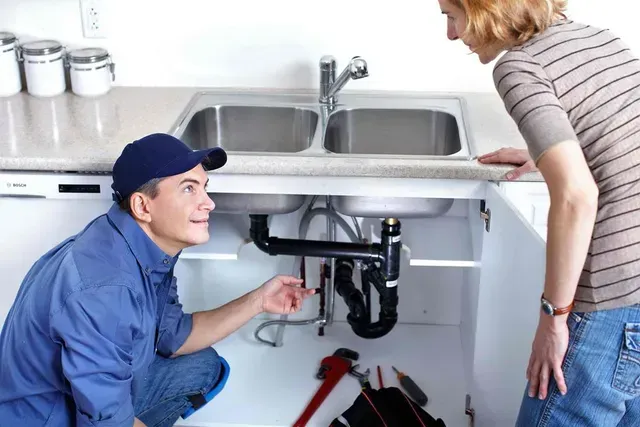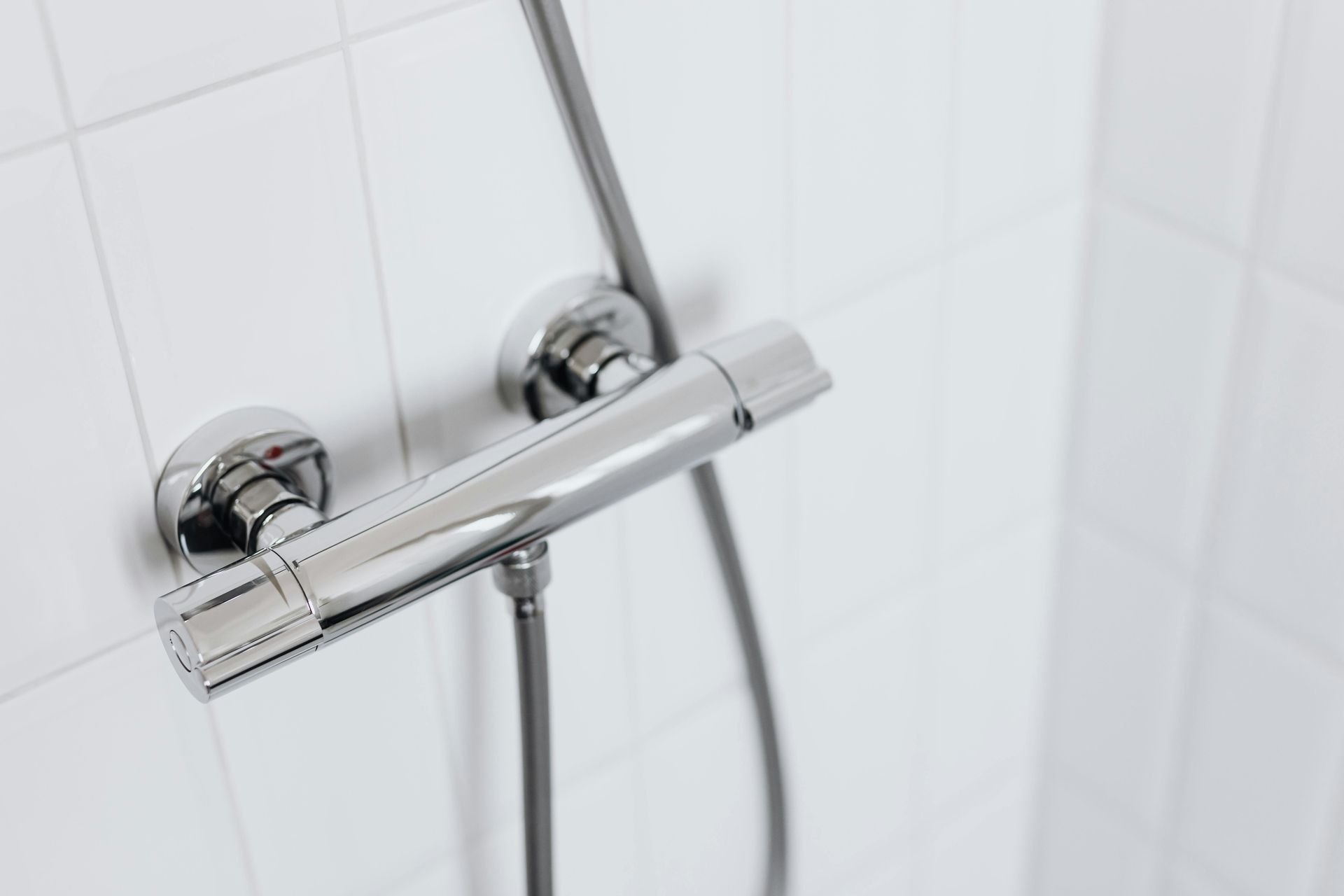How to Use Plumber’s Tape (Teflon Tape) for Leak-Free Pipe Joints
Achieving leak-free pipe joints is essential in maintaining the integrity of any plumbing system. One of the most reliable and widely used solutions to ensure tight connections is plumber’s tape, commonly known as Teflon tape. This detailed guide explains the proper use of plumber’s tape, elaborates on its importance, and integrates practical advice from seasoned professionals like All City Plumbers, including tips pertinent to emergency services and how to prepare your home's plumbing for a vacation.
Understanding Plumber’s Tape and Its Function
Plumber’s tape is a thin, white film typically made from polytetrafluoroethylene (PTFE). Its key function is to seal threaded pipe joints by filling microscopic gaps between the threads, preventing leaks caused by water or gas escaping the joint. Besides sealing, the tape also lubricates the threads, facilitating easier tightening and reducing the risk of thread damage or galling during assembly.
The tape’s chemical inertness and resistance to corrosion make it ideal for a variety of plumbing applications, including water lines, gas piping, and heating systems. Without appropriate use of plumber’s tape, even well-fitted threaded joints may leak, potentially causing water damage, reduced system efficiency, or dangerous gas leaks.
Tools and Materials Needed
Before applying plumber’s tape, gather necessary materials: the Teflon tape itself, clean cloths for surface preparation, and standard plumbing tools such as pipe wrenches or adjustable pliers. Clean, dry threads are critical for optimal tape adhesion.
Step-by-Step Guide to Applying Plumber’s Tape
Step 1: Prepare the Pipe Threads
Begin by thoroughly cleaning the male threads of the pipe. Remove any dirt, grease, or old tape residues using a dry cloth or a wire brush if necessary. This ensures a clean surface for the tape to adhere uniformly.
Step 2: Select the Correct Tape
Use standard white PTFE plumber’s tape for water connections. For gas lines, yellow tape is recommended due to its thicker composition and certification for gas use. Ensure you have the correct tape for your application to adhere to safety standards.
Step 3: Apply the Tape Properly
Start the tape on the second thread from the end of the pipe, wrapping in the same direction as the threads (clockwise when facing the pipe end). This prevents the tape from unraveling when screwing the joint together. Stretch the tape slightly while wrapping to conform tightly to the threads.
Wrap the tape neatly with about 3 to 6 layers, depending on pipe size. Excessive tape can cause fitting difficulty, while too little may fail to seal effectively.
Step 4: Assemble the Joint
After taping, carefully screw the pipe joint together by hand until tight, then use the wrench to snug the fitting further. Avoid overtightening, which can strip threads or crack fittings.
Step 5: Inspect for Leaks
Once assembled, inspect for leaks by running water or gas through the system. If leaks persist, disassemble and reapply fresh plumber’s tape, ensuring proper coverage.
Advanced Tips from Professionals
Plumbers at All City Plumbers emphasize the importance of using the right tape type and wrapping techniques, especially when preparing a plumbing system for seasonal absences. For example, before a long trip, homeowners should prepare their home's plumbing for a vacation by inspecting and tightening joints sealed with plumber’s tape to prevent leaks during their absence.
In emergency scenarios, quick application of plumber’s tape can stabilize a leaking joint temporarily until full repairs are executed, underscoring its value in emergency services.
Common Mistakes to Avoid
Avoid wrapping tape counterclockwise, which can cause it to unwind during pipe assembly. Do not use damaged or dirty tape, and refrain from over-layering as it can hinder proper mating.
Additionally, never reuse old tape, especially from previous connections, as compromised tape fails to form an effective seal.
Conclusion
Plumber’s tape is an indispensable tool for ensuring leak-free pipe joints in plumbing systems. Mastery of its correct application enhances system reliability, prevents costly water or gas leaks, and supports efficient maintenance routines.
Professional insights from trusted providers such as All City Plumbers showcase the tape’s vital role, particularly in emergency contexts and preventive preparations like those required to prepare your home's plumbing for a vacation.
By following thorough preparation, precise application, and careful inspection, homeowners and professionals alike can ensure their plumbing connections remain secure and durable for years to come.


